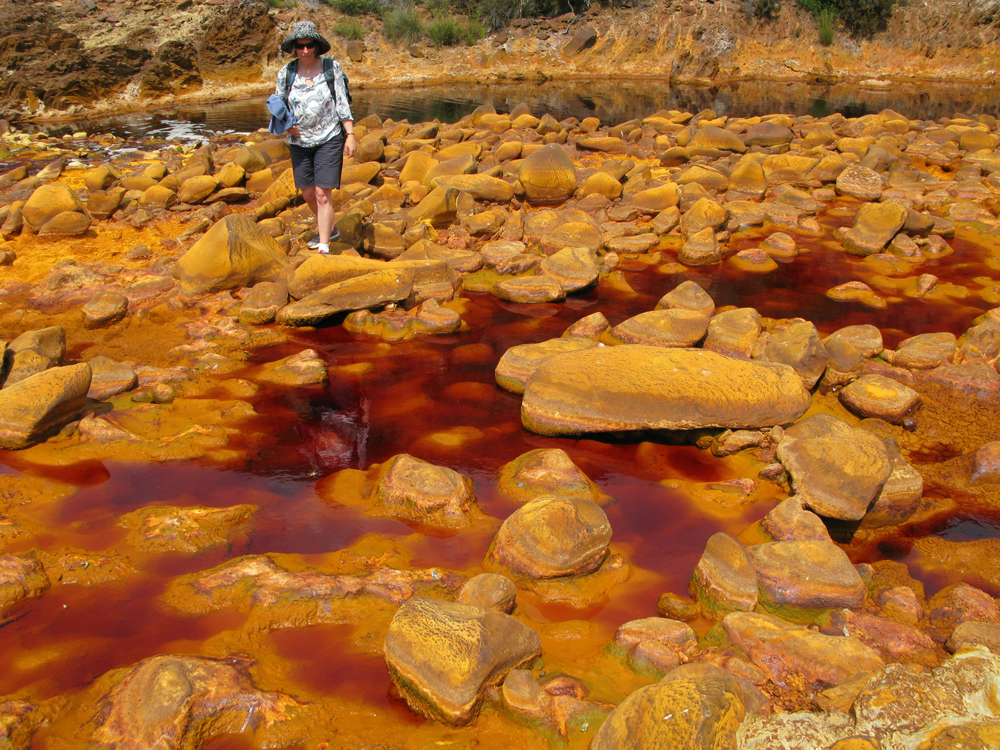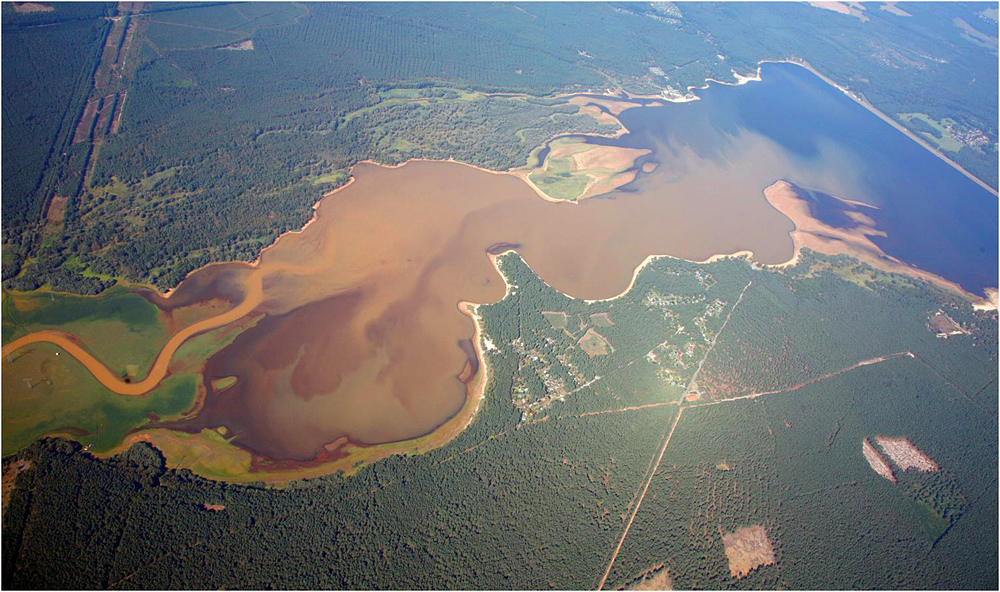In the first issue of the year I said that the post-mining theme would feature much more prominently than before. I shall now be delivering on this promise. For this reason the latest edition of Mining Report Glückauf will initially devote itself to water management and will attempt to do this by examining the problem from different perspectives, at different locations and from the viewpoint of different branches of the mining industry.
Read moreWith my best regards // Mit freundlichem Glückauf
Dipl.-Ing. Andreas-Peter Sitte
Chief Editor Mining Report Glückauf, Herne
Research Institute of Post-Mining, TFH Georg Agricola University of Applied Sciences, Bochum – Strategies, Activities and Research Priorities
Learn morePredicting Acid Mine Drainage: Past, Present, Future
Learn moreThe Groundwater Raise in Lignite Mining Induced Areas in Lusetia – Actions taken to reduce the Follows Ups
Auguste Victoria Colliery – a Reliable Partner through the Years

250 Years of the Bergakademie Freiberg, the World’s Oldest Mining University
Author: Prof. Dr.-Ing. habil. Gerd Grabow, Freiberg


